If there’s anything that e-mountain biking isn’t, then that’s cheap – which, if you ask us, makes it even more important to pose the right questions before buying your E-MTB. But what should you consider, and how do you even begin to answer these questions? To put you on track to your ultimate E-MTB, we’ve gathered the ten most important factors to consider.
1. Which bike is right for me?
We’d be pretty dumb if we gave you the right answer right now. So instead of immediately letting your thoughts run away with the new bike, use this pre-buying time to reflect on yourself first.

- Begin by asking: what do I want to do with this bike, and what are my expectations of it? Be realistic. Are you the sort of rider who likes to cruise along well-trodden fire roads in the forests, or will you dipping into new trails with increasing regularity in search of adrenaline-fuelled descents? Naturally, the latter demands a bike of a significantly harder bent, which is therefore likely to set you back more cash.
- How would you rate your skills and understanding of technicalities on the bike, your ability to tighten screws, and the depths of your wallet when it comes to keeping the bike in tip-top condition? E-MTBs not only require more maintenance than conventional mountain bikes, but their suspension needs to be set up correctly (along with your riding position too, really). These are topics that we’ve covered here in the past. If you’re not able to correctly carry out a decent bike setup or service, then you’ll need a reliable dealer. If you buy from a direct online seller, then make sure you find out in advance where, or to whom, you can turn for servicing and like.
- The more you ride, the more you’ll have to service the parts – and long distances aren’t the sole culprit. E-MTBs are frequently kitted out with more economical gearing set-ups such as their chains, cassettes, or chainrings, which ultimately suffer at the hands of the high motor power. There are also specially developed E-MTB-specific components that are significantly more durable, such as the Design & Innovation Award-winning SRAM EX1 drivetrain.
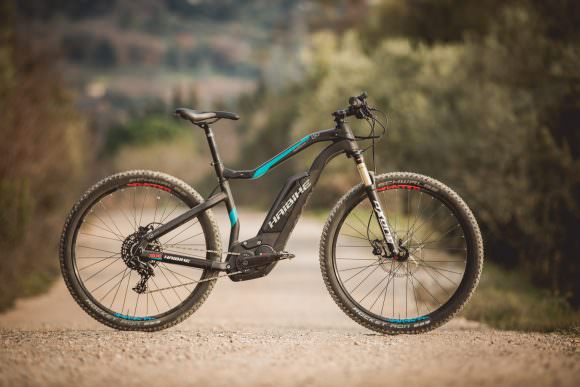
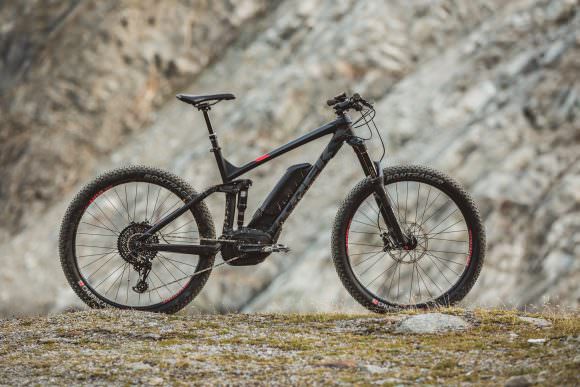
2. Fully or hardtail?
There’s no real reason to ride a hardtail unless you meet one of the following criteria: you’re on a tight budget; you mainly ride along proper hard-packed routes, or you’re planning on backpacking with tons of equipment loaded onto the frame through the Australian outback. (Note: without solar panels you’re unlikely to find any plug sockets!) Full-sussers just can’t be beaten when it comes to comfort, stability, traction, and versatility. Interestingly, shorter-travel bikes don’t ‘ride’ better or benefit from a bigger distance range. If the geometry is sorted, then a bike with at least 130 mm of front and rear suspension will serve up the most fun, whether you’re riding the bike in an SUV-style through the urban jungle or throwing it down vertical descents in a bike park. Conventional mountain bike categories aren’t relevant when it comes to defining E-MTBs these days. For E-MTBs, it’s all about “The bigger, the better!”
3. How much should I spend on my E-MTB?
Quality comes with a price tag. (Note: this very magazine and the expanse of forests in the world that you can explore for free on your E-MTB are an exception!) Calculate at least € 4,000 for a decent E-MTB, but don’t fall prey to scrimping on parts that are there for a reason – things that offer more fun, more reliability, or are sturdier and safer, for example. We’re talking about robust tires and wheels that won’t break, plus powerful brakes and suspension components that will willingly soak up bumps on trails. Then there’s a powerful battery and a dropper seat post, whose usefulness shouldn’t be undervalued even if you mainly steer clear of trails.

4. So what’s the right frame size?
More often than not you’ll land between two frame sizes. In the best-case scenario, you can head down to your trusted dealer and try both frames out for size. The other option is relying on their opinion and this simple rule of thumb: ‘smaller’ translates as more agile, more upright and more playful, while ‘bigger’ lends itself to a smoother and more stretched-out ride. You can adjust the cockpit (i.e., the stem length) and the position of the saddle to fine-tune the riding position.
5. New or second-hand?
no two second-hand bikes are the same. Experience has taught us that E-MTBs are likely to have a pretty high extent of wear and tear on the motor, the brakes, and the tires. You’re likely to need to change at least the chain after 700 km – but potentially also many other parts, depending on the build spec of your bike. As E-MTBs weigh a substantial amount and are subject to the power of their motors, other parts might also be crying out for a replacement. However, those willing to gamble on a thorough service history and a young whippersnapper of a bike can get their hands on a serious bargain. Check out the individual selling the bike and figure out how much of a hard time the bike may have had. Many E-MTBs have spent their time on tarmac or mellow gravel fire roads, which means there’s less risk of substantial wear and tear.
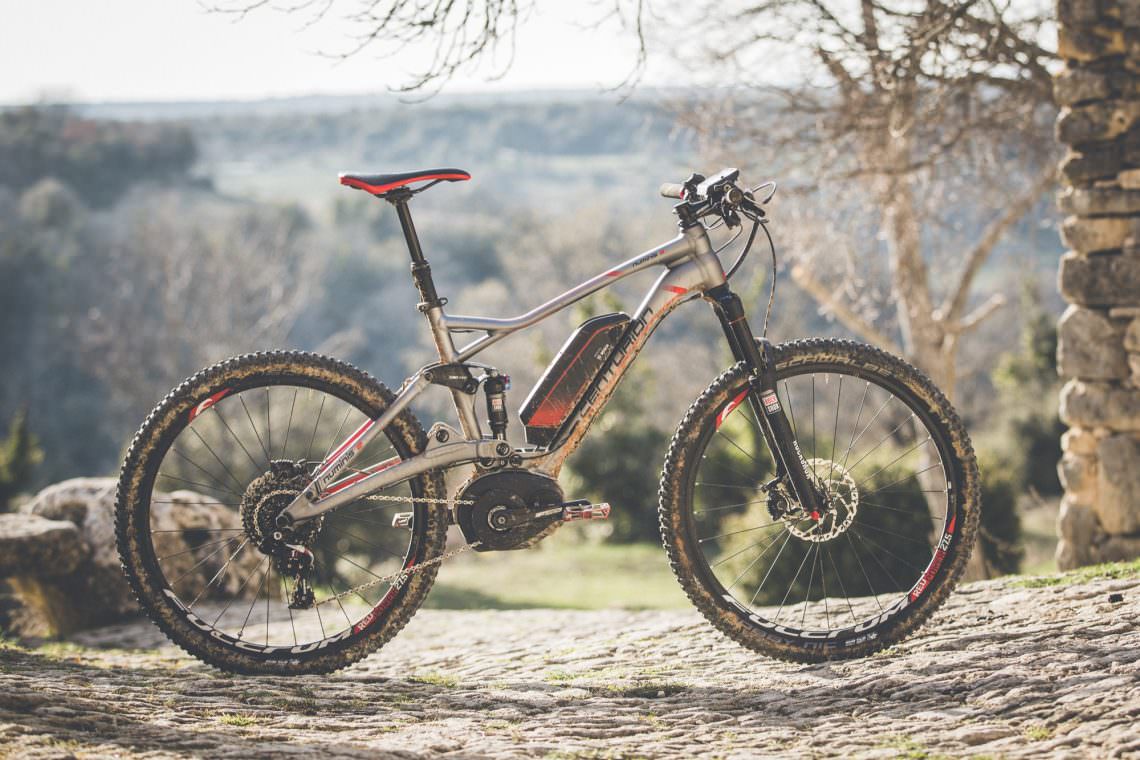
6. Which motor do I pick?
Many consider the motor to be the beating heart of the bike, but that’s not entirely true. A good motor is important, of course, but its integration into the whole bike is actually more important. The frame still has the biggest and most decisive impact on fun, comfort, and safety. However, the motor has an effect on how the bike handles, particularly on climbs. In this issue’s Group Test we’ve covered this topic and weighed up the various motors to give you an overview. The issue of whether the battery is securely fixed or removable affects how and where you can charge the bike, and whether it’s worth packing a spare battery in your backpack for long rides. In your position as a customer, ask yourself how much you value the flexibility to remove the battery? When it comes to servicing woes, Bosch and Shimano are best equipped to tackle these, as their service networks are the broadest. Moreover, they tend to use standard batteries, which can be easily replaced in the event of a fault.

7. Buying a bike isn’t enough!
Don’t worry, we’re not trying to talk you into buying a second bike, but we do want to recommend the right sort of equipment. Alongside a proper helmet, sunglasses, a good backpack, and some trail-worthy riding apparel, you’ll need pedals and shoes. Clipless pedal virgins might find it tricky to get used to the initial brief moments of panic as you fret about unclipping in time while the heavy E-MTB threatens to topple. If you’re going to use the bike as a commuting tool or through populated areas (or dark forests), it’s worth investing in good lights, mudguards, and a decent bell.
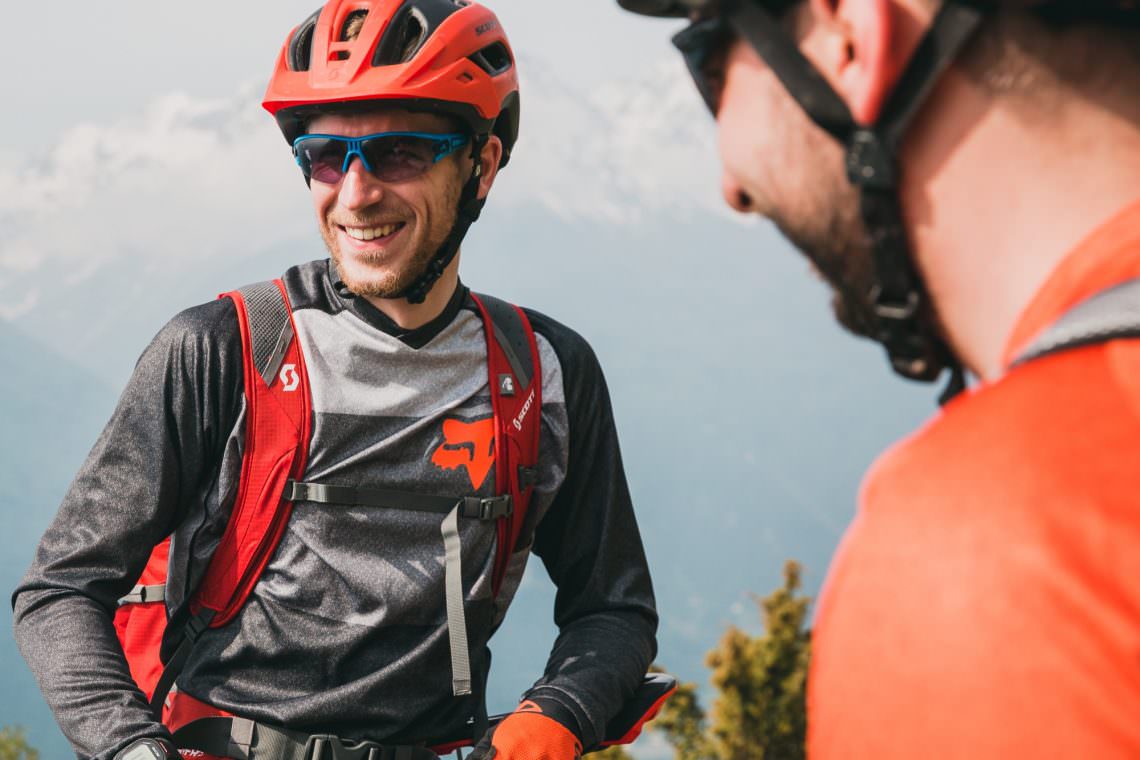
8. What size wheels should I choose??
Whether you pick 29″, 27.5″, or 27+, the size of the wheels is not as important as the bike’s overall concept. Here are some other rules of thumb: 27.5″ wheels are the most playful and agile to ride, 29″ is a better choice for tall riders and those who end up riding regularly in muddy conditions, while 27.5+ can offer the ultimate grip and stability in certain conditions. With the latest generation of continually improving tires, 27.5+ is emerging as the future de rigeur wheel size for E-MTBs, although certain models are still churning up a bit of a mess in mud and soft ground. Note: tires will only work optimally if you’ve set the right tire pressure.
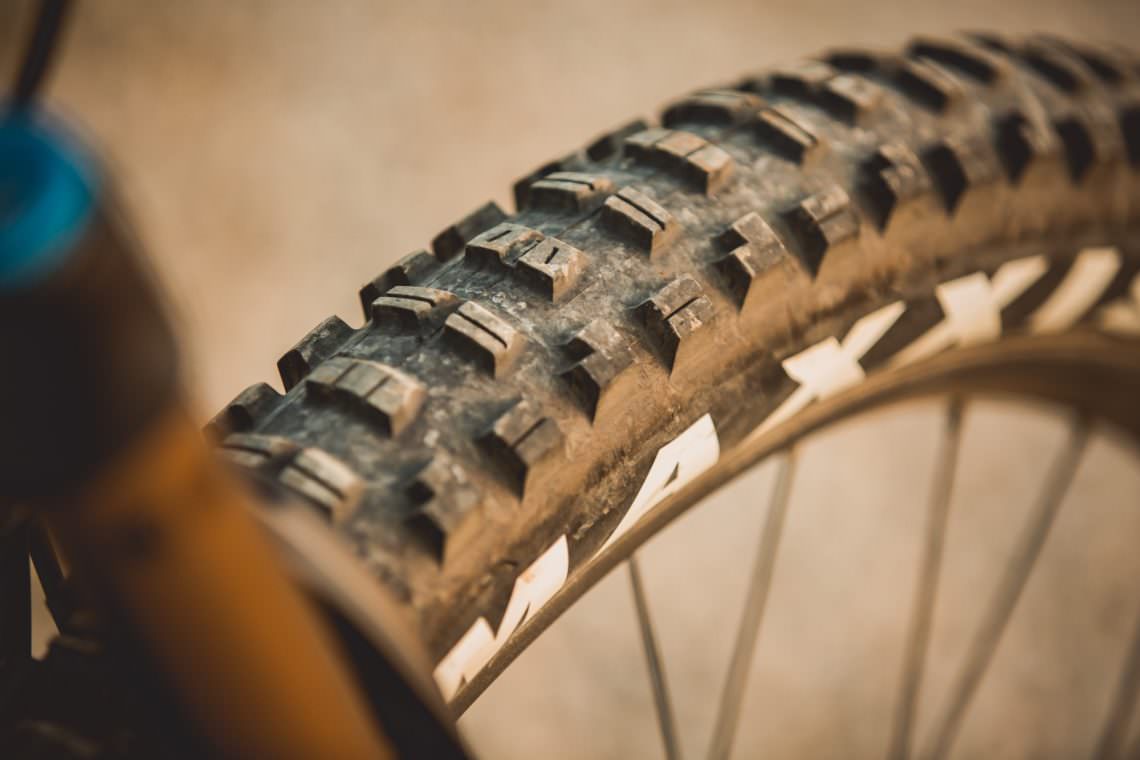
9. Can the dealer make alterations to certain parts?
Often you’ll need to make a few small tweaks to turn a good bike into the perfect one for you, with changes that can come down to millimeters. It therefore makes sense to invest in your dealer’s expertise to tweak the cockpit and the saddle to suit your physique and riding position. Note: watch out while exchanging parts, as some might affect your warranty. A good dealer will be well versed on the risks and will be able to relay this to you. For insurance reasons and out of respect for the sport, don’t even toy with the idea of tuning the motor.
10. Whom should I buy from?
Approach the question from this angle instead: where will I get the best service? A trusted dealer should double as the first point of contact for any issues with the bike and offer good service. Further points that will affect your buying decision can be swayed by the presence of a modern-looking workshop and lots of technical know-how. It might seem like a screaming deal to buy a bargain from a dusty, tumbledown shop, but you’ll potentially have to shell out more money for repairs than if you initially go to a decent dealer where regular servicing may be included. A good dealer also goes beyond just servicing the hardware, which may extend to things like software updates on your motor.
11. What’s the best E-MTB? What makes the best spec?
OK, number 11 isn’t directly related to “how to buy an E-MTB,” but it’s worth heeding our advice. The simplest way to ensure you’ll get a good bike is to believe what you read in our test reviews. We promise. Our aim is deliver the most extensive, all-encompassing, in-depth testing – both in reality and in the lab – to make sure we publish the industry’s best reviews. We give credit where credit is due. Last year our no-holds-barred approach cost us more than € 40,000 in advertising fees from infuriated advertisers, but we believe in nurturing long-term relationships through honesty. What use is a scrubbed-up, facelifted review? The customer will be let down by both the magazine and the manufacturer when they get home with a poorly built bike. The magazine would lose readers (we wouldn’t blame them for going elsewhere), and the manufacturer would bid goodbye to clients as a result of false product promises. The same applies to the dealer, who’ll be known for peddling poor recommendations and sales. Ultimately, the rider won’t just be disappointed by their purchase, but mainly by their experience of riding. And that’s why we’re always going to stand by honesty!
Did you enjoy this article? If so, we would be stoked if you decide to support us with a monthly contribution. By becoming a supporter of E-MOUNTAINBIKE, you will help secure a sustainable future for high-quality cycling journalism. Click here to learn more.
Words: Robin Schmitt Photos: Christoph Bayer









